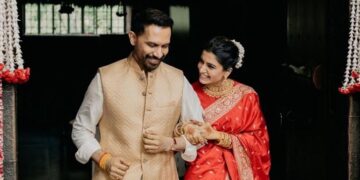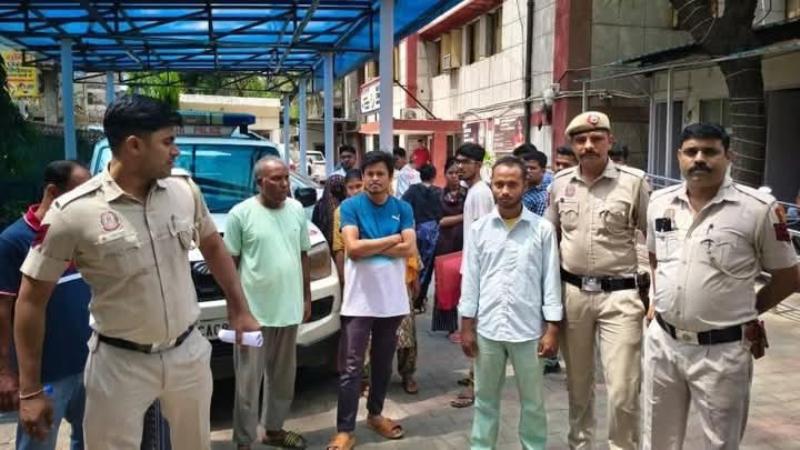About 40 Rohingya who lived on the fringes of West Delhi and were deported to Myanmar on May 7 were first flown to the Indian Air Force’s Hindon base where they were put on an IAF flight that took them to Port Blair in the Andaman and Nicobar Islands before being transported by two naval vessels to Pandin-in in Tanintharyi region.
At least two to three of the deported Rohingya informed their relatives in Bangladesh and Delhi about the elaborate security process that the Delhi Police followed on May 6 and 7 before the 40 individuals – both Muslim and Christian Rohingya – were flown out to Port Blair.
It was initially believed that the Rohingya were flown in an aircraft from Delhi’s Indira Gandhi International Airport to Myanmar. However, some of the Rohingya, after being taken to Pandin-in, which is about 1,530 km south of Buthidaung in the Rakhine State, were able to borrow phones from locals to call up their relatives and friends in Delhi to inform them of their location in Tanintharyi of Myanmar.
“All of the deported individuals were blindfolded and then put into an aircraft that flew them to Port Blair,” a Delhi-based Rohingya activist told Northeast News, adding that the men and women now find themselves stranded in Pandin-in.
A day after Northeast News reported the deportation of 19 Rohingya to Myanmar, Delhi-based Supreme Court advocate Colin Gonsalves, who had previously appeared on behalf of the Rohingya in some past cases, including a special leave petition, said, “This is inhuman. They have been living on the fringes of Delhi, varying over time, and were given identity documents by the United Nations High Commission for Refugees. The May 7 deportation is a clear violation of the principle of non-refoulement (non-return).”
The principle of non-refoulement, which is a core component of refugee and human rights law, prohibits a country from returning a person to a country where they face a genuine risk of persecution, torture, or other gross human rights violations.
Gonsalves said that the Rohingya living in India – about 22,000 – are directly covered by the Supreme Court’s decision in NHRC vs State of Arunachal Pradesh (1994 Supp (1) SCC 615). They are protected by Article 21 of the Constitution of India. “It is the duty of the Indian state to protect their lives,” he said.
The Supreme Court advocate said that the Rohingya, according to the International Commission of Jurists, are victims of genocide. “It is not lawful for the Indian State to deport them as that would expose them to the very killing, rape and genocide from which they fled. Even though India has not ratified the Refugee Convention 1950, the Constitution mandates that they cannot be returned if their lives are likely to be put in danger by deportation,” he said.
ALSO READ: 19 Christian and Muslim Rohingya living in Delhi feared deported to Myanmar today
The Ministry of Home Affairs’ guidelines (November 29, 2011) recognises the crucial difference between refugees and migrants. While the former are constitutionally protected in India, the latter are not. Besides, the UN Convention Relating to “The Status of Stateless Persons 1954”, recognises, inter-alia, the right of refugees to food and education. The 1961 UN Convention on The Reduction of Statelessness prohibits detention of refugees.
Gonsalves said that while international law does not permit indefinite detention, this is limited to a period reasonably necessary to bring about removal. “Where detention is no longer practical, detention is illegal and cannot be authorised. Detention, pending unforeseeable deportation, is illegal. The MHA guidelines prescribe a period of three months detention after which the refugee is to be released on reporting conditionalities,” he said.















